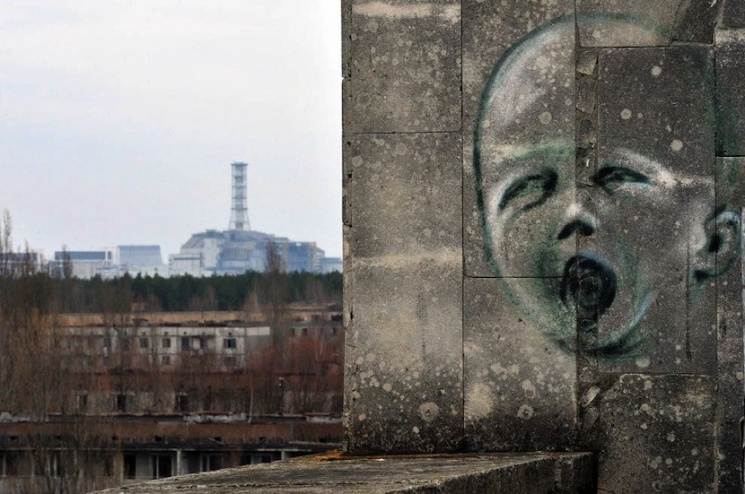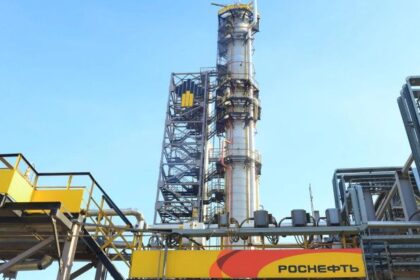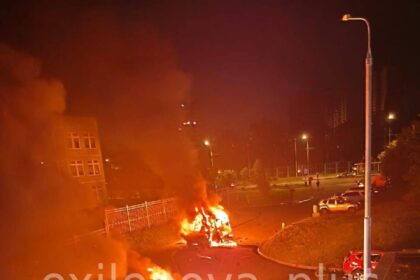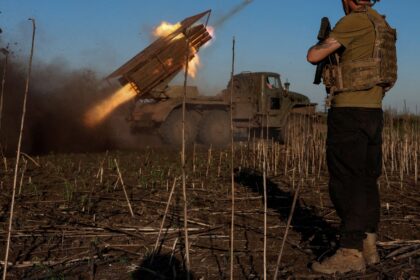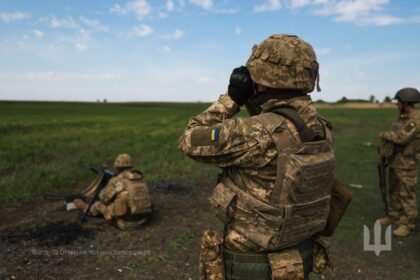**Russian Drone Strike Puts Chernobyl Sarcophagus at Risk**
On February 2025, a devastating drone strike by Russian forces severely damaged the protective sarcophagus covering Chernobyl’s fourth reactor. The attack, carried out by a drone costing just €75,000, resulted in a gaping hole measuring 15 meters in the outer roof, igniting the internal insulation and causing over €25 million in damage.
The breach has raised serious concerns about the long-term ability of the sarcophagus to contain radioactive materials. Built at a cost of €1.5 billion in 2017, the structure now faces prolonged vulnerability to natural elements and corrosion. Fortunately, there were no immediate radiological consequences from the strike, but the risk of radiation leaks and water infiltration has increased significantly.
According to preliminary reports, sensors recorded the impact resembling a 6-7 magnitude earthquake. However, the team quickly identified the drone as the reason for the damage. The attack left the sarcophagus exposed to the elements, posing a significant threat to the integrity of the structure and the safety of the surrounding area.
**Experts Call for Urgent Repairs**
Despite assurances from the Ukrainian Ministry of Environment that radiation levels remain within safe limits, experts like American engineer Eric Shiman stress that repairs are necessary to avoid further structural degradation. Shiman estimates that repair costs could range from tens of millions to possibly hundreds of millions of dollars.
The European Bank for Reconstruction and Development (EBRD), which helped finance the construction of the sarcophagus, has acknowledged the severity of the damage and confirmed its involvement in the assessment process. A more detailed report on the full extent of the damage is expected in May 2025.
**Long-term Risks and Environmental Consequences**
Beneath the damaged sarcophagus lies a highly radioactive mass, including 200 tons of uranium from the reactor and 5,000 tons of sand, lead, and boric acid that were dropped during the aftermath of the 1986 disaster. If the sarcophagus isn’t repaired, the integrity of this critical structure could continue to deteriorate, posing long-term environmental and health risks.
As the international community weighs in on funding the repairs, it’s clear that the cost of restoration far outweighs the expense of the drone that caused the destruction. For now, the focus is on preventing further harm and ensuring the safety of future generations.
Read More @ euromaidanpress.com




